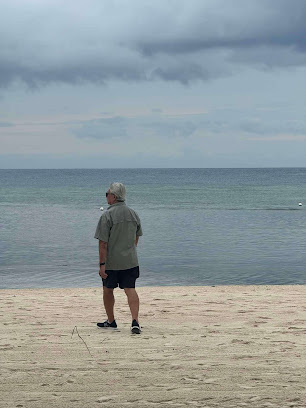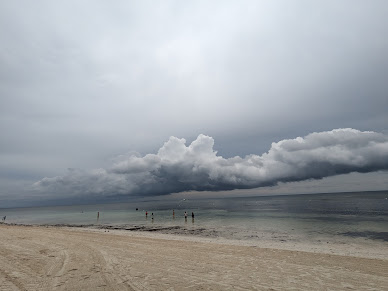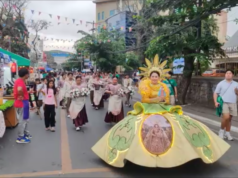CHOCOLATE HILLS. Loboc River cruises. Tarsiers. Churches. Beaches. Distinctively, Bohol. Then there is Panglao Island, and more.

Now but an hour-and-ten-minute hop from the Clark International Airport – thanks to Cebu Pacific operating daily flights to Tagbilaran starting Oct. 21 – we responded to Bohol’s beckoning, with Panglao for the picking. And here’s what we got, to our hearts’ content, and our guts’ delight.
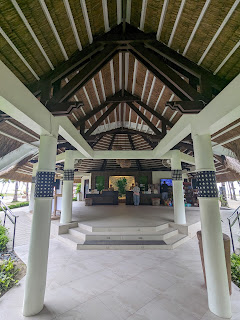
Oceanica Resort
Betwixt turquoise sea and forest green, coffee-cream sand for a kilometer stretching – Bohol’s ultimate beach resort dazzling.
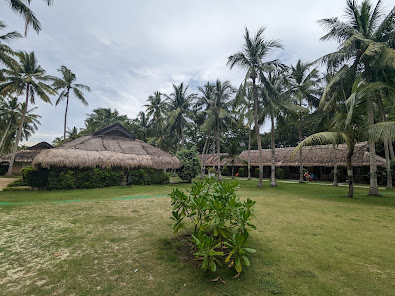
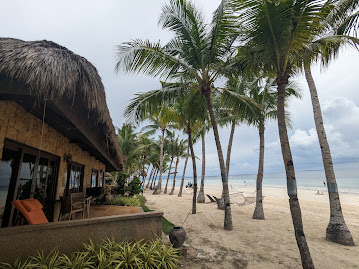
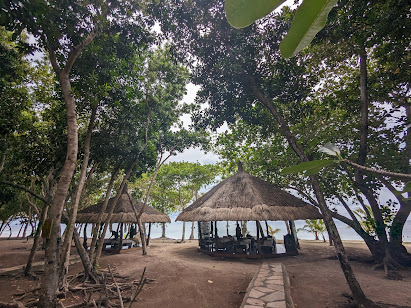
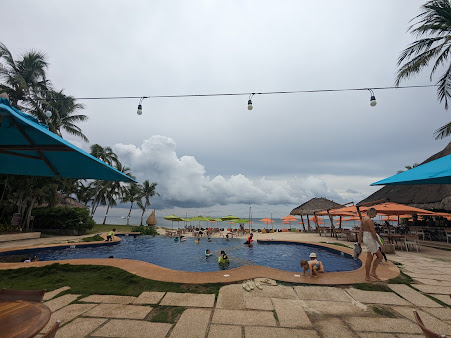
Amid a profusion of foliage – leafy native botong and talisay, towering mahogany and coconut, swaying bamboo – thatch-roofed villas all looking out to sea. There’s spa al fresco, beach front also. Two swimming pools. Lounge chairs, swings, and hammocks all too plentiful.
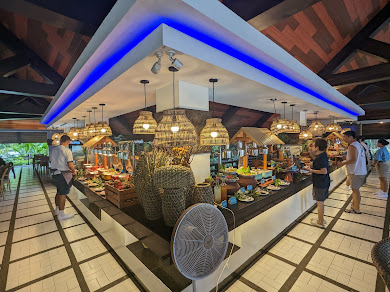
Gourmet’s delight – a seafood restaurant that serves only the freshest. (It is the binakol na manok though that shattered my Kapampangan culinary conceit to smithereens.) Cocktails in hand at the pool bar to watch the sunset. Ah, la vida Oceanica!
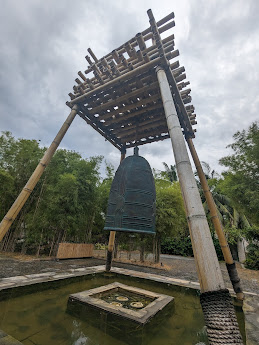
North Zen Villas
The serenity of exclusivity in a nature preserve transformed into a haven of wellness – what the marketing and PR collaterals avouch, our stay in this 4-Star resort of 21 rooms and villas affirmed. Rejuvenation in the soothing massages and signature treatments.
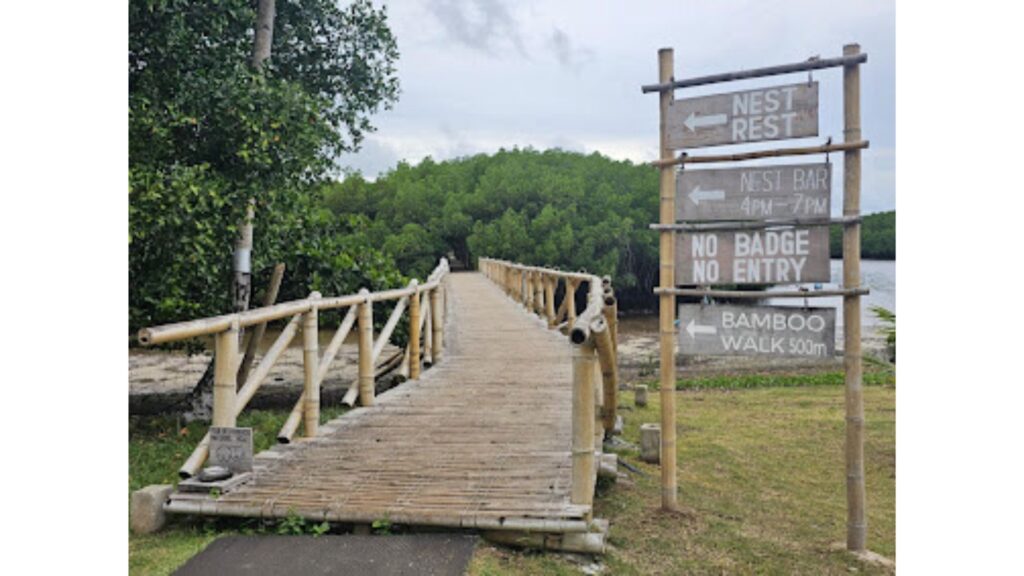
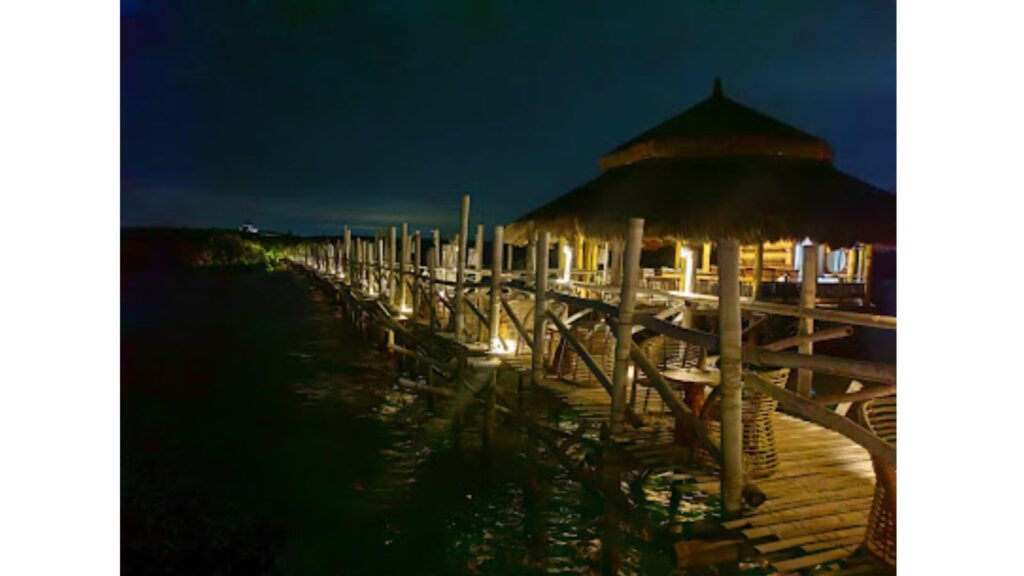
That inner peace at every step on that bamboo boardwalk through a lush emerald forest of mangroves opening to the Nest Bar jutting out to sea for a spectacular view of the sunset. Om Ah Hum…
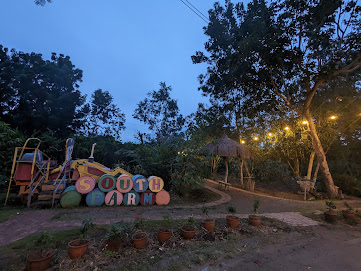
South Farm
It can’t get any more rustic than this nine-hectare organic land property “promoting rural, handmade, handcrafted, hand-built tourist destination.” Comprising three villages – Farmers, Fishermen, Artisans – the farm was birthed during the pandemic restrictions when its owners, instead of letting go of their employees in Oceanica Resort and North Zen Villas, decided to keep and engage them in the development of the farm – clearing the area, planting crops, raising animals for food, and craftsmanship including carpentry works.
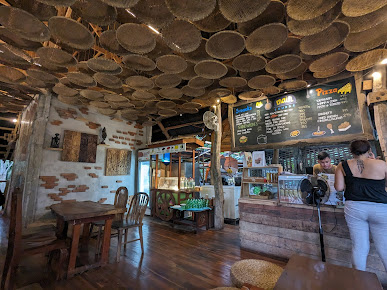
Hence, the farm has been supplying its sister companies with its freshest produce and has come into its own as a tourist destination where visitors can plant and fish, and join workshops in making pizza and coco candy, and pottery painting.
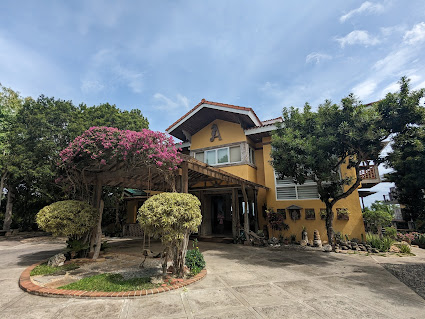
Amarela
The color yellow of its buildings may have given this boutique resort its name – the Portuguese for the more familiar Spanish “amarillo.” Nestled on a sunny slope overlooking the Bohol Sea, sited with a private white sand beach, and blooming bougainvillea of myriad colors – a Mediterranean vibe permeates the place. Which, may be the reason for its being a favorite among European tourists. Aye, there’s a pétanque court to drive that point.
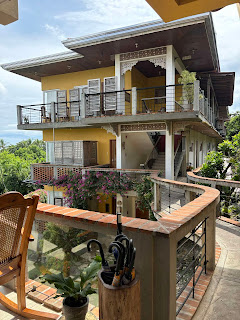
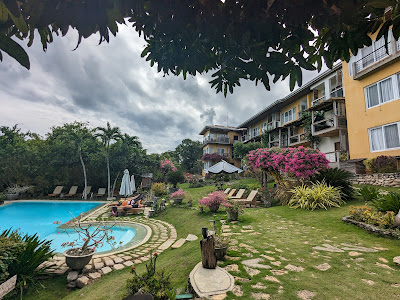
Old World values too are all too visible in the repurposed old hardwood – from old heavy doors, intricate lattices, and balusters to furniture and furnishings – antiques and art all around the place and some more, including old nicho altars, on prominent display at the small art gallery.
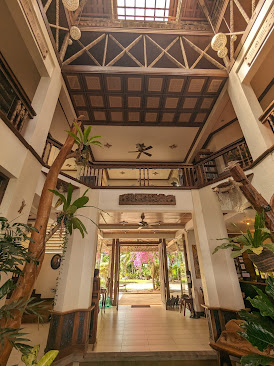
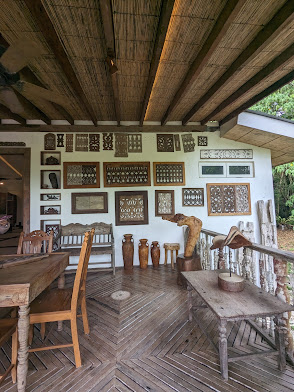
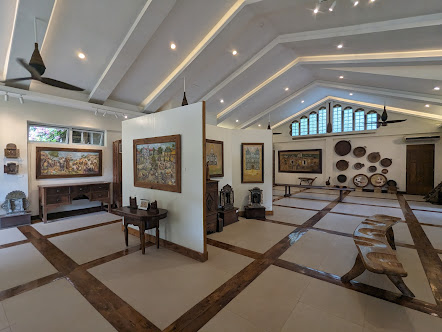
Owned by locals, Amarela aims to promote and preserve Bohol’s innate and unique natural beauty, art and culture, and its people’s native warmth and hospitality.
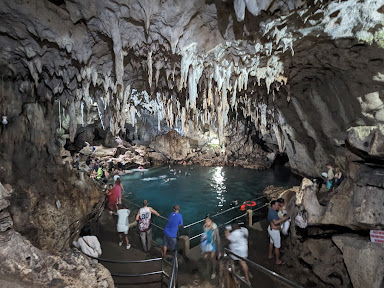
Hinagdanan Cave
A fair warning. Accessed through a veritable hole the XXL can barely fit in, uneven slippery steps descending to a cavern with a lagoon the size of a half-Olympic pool, sunlight filtering through holes in the ceiling of solidified stalactites which with the stalagmites come off like the teeth of a giant dragon of myth – this attraction in the Dauis town is not for the claustrophobic, or the asthmatic with the air thereat hot and thick. But there lies its thrill too. Bathing in the cold waters is invigorating.
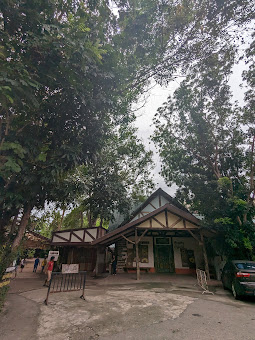
Bohol Farms
The main attractions of the place gone with the pandemic, “Bee” has to be excised from its nameplate as a matter of course. So, we were told. A beehive of activity the place has remained though, if not more so. An all-organic hub from farming – vegetables and herbs, to ice cream making – the malunggay and dragon fruit flavors are marvelous, to baking artisanal bread. Crafts use organic materials too – raffia weaving, lantern making. There’s even a recycled art corner featuring resident artist Pedro Angco who has earned his fame in turning flotsam and jetsam into works of art.
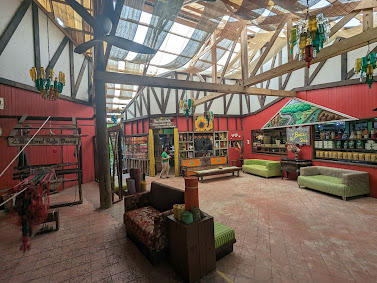
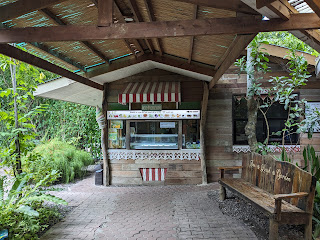
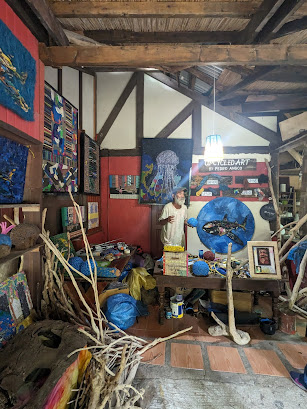
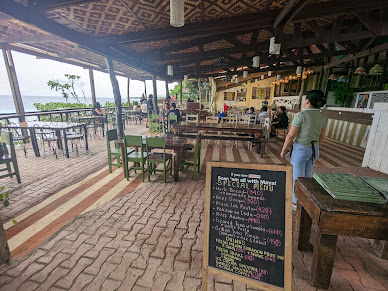
The organic theme goes to the restaurant too – the food served coming from the farm and the sea at its backyard. Cool, cool sea breeze while you dine, it can’t get any fresher than this.
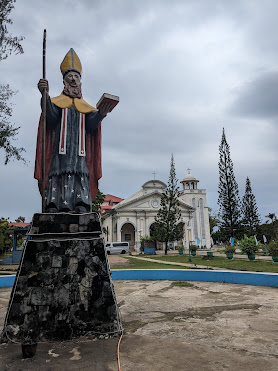
Visita Iglesia
EDIFICES of Faith primarily, cultural treasures have become the heritage Catholic churches. Hence, a visit there makes as much pilgrimage as a tour. So, it is at the Church of St. Augustine in Panglao, and the Church of Our Lady of the Assumption in Dauis, both of which are declared as Important Cultural Property by the National Museum of the Philippines.
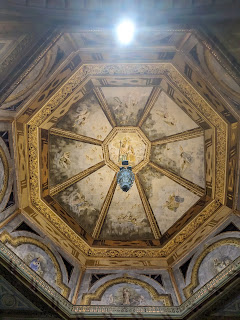
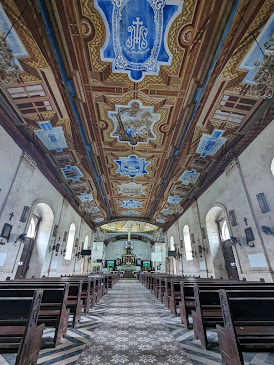
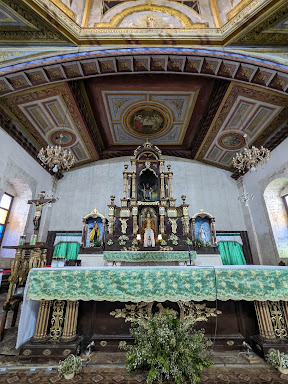
Murals dominate the ceiling of the Panglao church, the most prominent of which is that of the Holy Trinity surrounded by angels at the hexagonal dome above the altar. The retablo holds the church patron, St. Augustine, at the topmost niche, below it is St. Joseph at the lower left, the Sto, Nino in the middle, and the Blessed Virgin Mary at the right. Both arms of the transept also hold retablos with other saints in their niches.
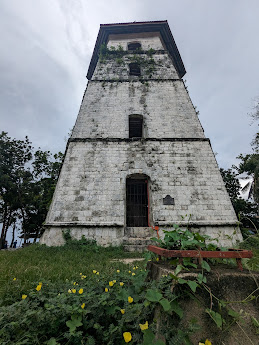
To the rear of the church, near the seashore, stands a five-storey octagonal bell tower reputed to be the tallest of its kind in the Philippines.

In front of the church stands a tall image of St. Augustine and a few meters to its right the ruins of an older church that still bears “1850” in an escudo de piedra.
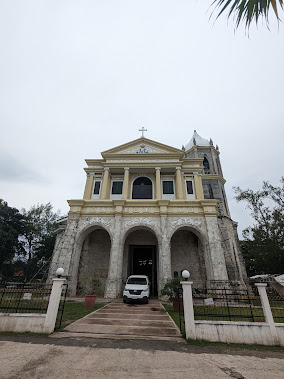
Dauis Church, which has also been declared as National Historical Landmark by the National Historical Commission, is a mix of neo-Gothic and neo-Classical architecture. There is likewise a predominance of ceiling murals, with Moses and the stone tablets, the Last Supper, and the Agony in the Garden, framing that of the Assumption of the Virgin Mary between choir of angels above the altar made resplendent by the coral stone wall.
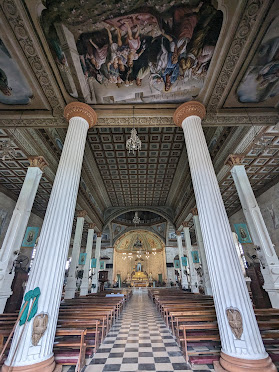
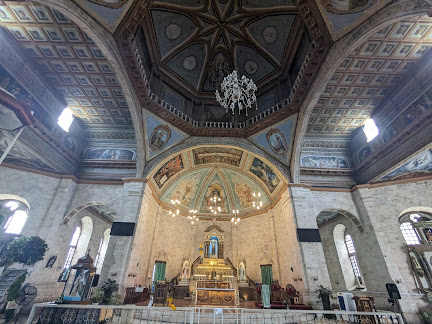
Interesting for advocates of the Tridentine Mass to note that both churches have maintained the comulgatorio or the communion rail that has been removed from many churches after Vatican II.
